Different Method’s of Racing Pigeons (Part 1) by Theunis F – Gallez Jules – Degrave Martin (PIPA)
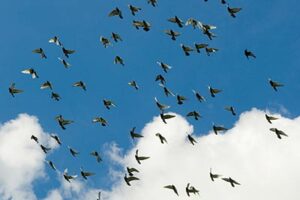 At one time the natural system of racing, where the pigeons are mated and then flown whilst they are breeding or feeding youngsters, was the only system known. Belgium fanciers, however, discovered and developed what is today known as the widowhood system. The fanciers who discovered this method, kept their secret to themselves and for some time they dominated racing with their phenomenal results. Other fanciers, however, eventually discovered their secret and since then the balance has been restored. Everyone stood an equal chance once again, with success depending upon the quality of the pigeon and the knowledge, experience and management of the fancier.
At one time the natural system of racing, where the pigeons are mated and then flown whilst they are breeding or feeding youngsters, was the only system known. Belgium fanciers, however, discovered and developed what is today known as the widowhood system. The fanciers who discovered this method, kept their secret to themselves and for some time they dominated racing with their phenomenal results. Other fanciers, however, eventually discovered their secret and since then the balance has been restored. Everyone stood an equal chance once again, with success depending upon the quality of the pigeon and the knowledge, experience and management of the fancier.
There are no secrets in pigeon racing. The management and knowledge of the fancier and his experience alone will assist him. Fanciers who believe that they can make pigeons fly faster by giving them all sorts of secret medicines and drugs will inevitably be disappointed by their results. A pigeon can only achieve top performances when it is enjoying perfect health ; it reaches top condition through exercise and correct feeding.
There are two aspects of a pigeon’s condition that influence the end result obtained. In the first place there is the physical condition of the pigeon, which will determine whether it can do the distance, at the pace allowed by prevailing weather conditions. In the second place, its performance will be influenced by its mental condition. This will be the motive urging it to do that extra bit which will bring it just that fraction ahead of the other pigeon, or make it try that bit harder, in overnight races, to reach home in the twilight when other pigeons have decided to call it a day and have perched for the night.
It sometimes happens that a pigeon’s mental condition and will, will dominate its physical condition but this will be the exception rather than the rule since a pigeon’s physical condition is usually the deciding factor in his performance. For this reason we shall first discuss the factors which influence the physical condition. Thereafter we can discuss the different racing systems which have a greater influence on the pigeon’s mental condition, whilst also influencing his physical condition to a certain extent.
The physical condition of a pigeon is influenced by feeding and exercise in the first instance and is further qualified by hormones working in its body tissues. This hormone working begins when the pigeon is mated and has gone through the breeding cycle of laying eggs and rearing youngsters. It is further activated by the time of year, since the pigeon adapts itself to seasonal weather changes by throwing off its down feathers. Pigeons which have reared a round of youngsters will start moulting and will cast their first flight when having sat about 10 days on their second round of eggs. Pigeons which have not been allowed to rear youngsters will cast their first flights much later, when nature instructs the glands to release the hormones that activate the moult.
Experienced fanciers anxiously watch for signs of the fall of down feathers from their racers. This is not so much because the fall of the down feathers, in itself, is so important, but because it is a sign that the glands have released some hormones which will bring about the moult. It is an established fact that pigeons will only reach top form after they have cast their first flights. In other words, after the glands have been stimulated to release the hormones, which by their working, help to bring the pigeon into top condition. I have given this explanation to help you to understand how the racing system employed also influences the physical condition of the pigeon. Pigeons will reach top physical condition by feeding and exercise but will then still not race as well as expected. Yet, all of a sudden, a change will come over them and they will race exceptionally well for a few weeks. This is when the loft strikes form, a condition of super health and physical condition that comes and departs of its own accord. lts arrival is welcomed by all fanciers but no fancier has yet succeeded in bringing this condition about when he wishes it. It usually occurs when the temperature of the loft rises and the happy balance of work and food is reached.
The feeding of a racing team is very different from the feeding of stock pigeons, or pigeons during the off season. With the racing team one should endeavour to balance the amount of food given against the amount of work done. What I mean here is that you cannot expect your pigeons to work for two hours a day, give them two or three training tosses per week, race them every week and expect them to do all this on one ounce of food per pigeon per day. When you work them hard, you must feed them accordingly.
This is certainly the most difficult part of pigeon racing and is one aspect of the game which everyone struggles to master. The person who, by chance, strikes the happy medium between food and exercise usually cannot understand why others have problems. The person who feeds heavily usually tosses his birds quite a lot, to work the extra energy off, otherwise the birds would become heavy and fat. But even this does not help him to bring them into the right condition at the right time and therefore he also guesses when basketing day comes along. He sometimes succeeds, but in most cases the pigeons are either that little bit too heavy or just that little bit under weight. The fancier is not capable of working out exactly how much he must feed his birds or how much work they must get. He therefore works on a system of feeding and working, and hopes that he will strike the happy medium by chance. Fanciers who are overfeeding their birds usually are successful in the hard races since the birds can use that extra potential energy whilst fanciers who underfeed, succeed in the faster races, since excess weight becomes a burden.
Different Method’s of Racing Pigeons (Part 1) by Theunis F – Gallez Jules – Degrave Martin (PIPA)

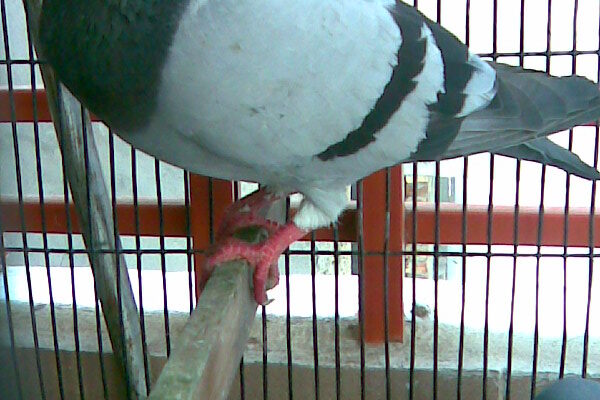

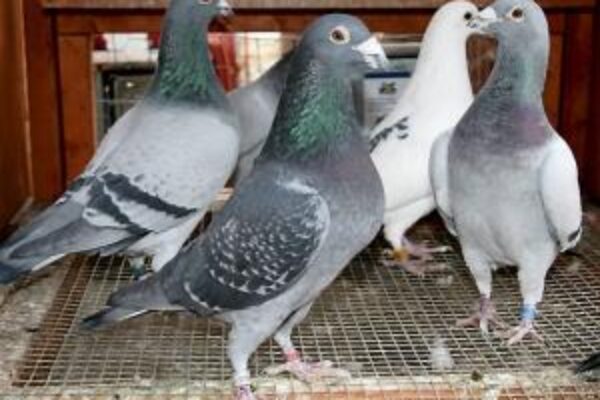

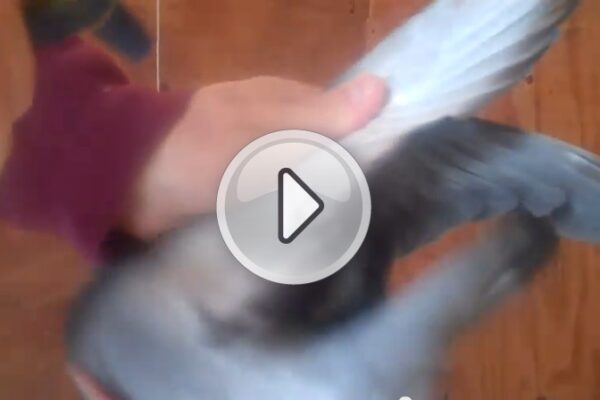
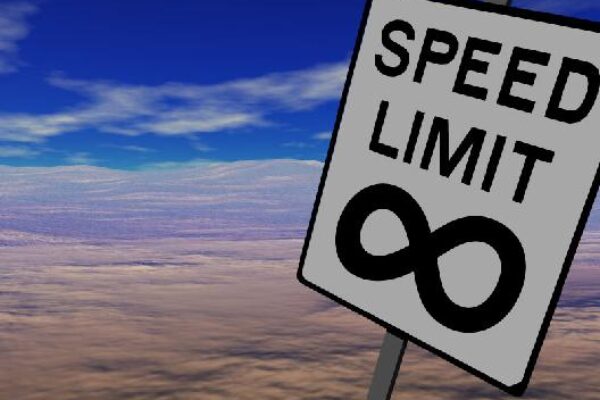


Many Thanks for all your emails Chris great stuff i won our small Fed race last week here in the Waikato area of the north island of newzealand feeding correctly and good health plus motivation is the awnser to success Cheers Mike
I raced pigeons in the 60’s & 70’s, but had to stop after I started training race horses in 75′ due to lack of time. I always hand fed my race birds, and did quite well up to 300 mi., but could never get 500 mi. day birds, even when most were getting 5 to 10 bird. After thinking about it, I wondered if I was under feeding them, so 3 wks. before the 1st 500, I put a hopper feeder full of “Pigeon Chow Checkers” in all day. [ took it out at night] The 1st. 500, I got 6 on a drop in race time, and got 9 out of 16 that day. The rest homed the 2nd. day.From then on I did well in all types ofl races.It seems the speedsters don’t need the extra feed, so they don’t eat it, and the distance birds need the extra feed so the eat it.None of the birds like the Pigeon Checkers so they didn’t over eat. I’m Retired from races horses now, and getting back into racing pigeons. I’m looking for Y.B’s from good distance fliers.
Chris, what can be added to a well ilustrated & simple explanation of racing pigeons. My personnel
opinion very delightful method to prepare our flying athletes. On the other hand, I can still remember when my old man used to tell me, son the moment the first bird flies to its perch, you should retire the food. And much to my surprise it was always the same champion HEN, that advises me they had enough food, and guys she was always in a very good shape!!